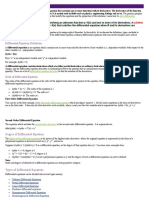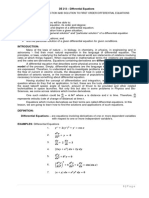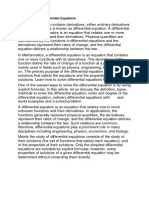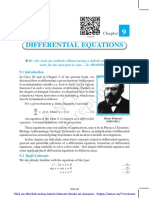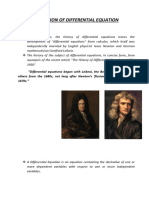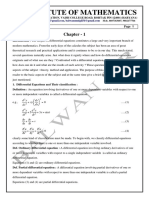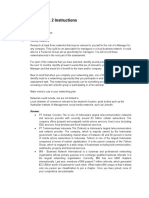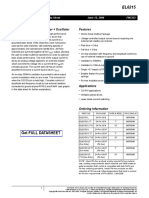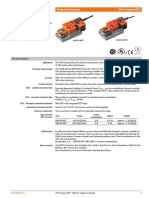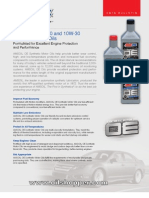0% found this document useful (0 votes)
14 views23 pagesChapter3c DifferentialEquations Modeling
This document covers the fundamentals of differential equations, including their definitions, orders, degrees, and the distinction between general and particular solutions. It emphasizes the importance of differential equations in various scientific fields and provides examples and exercises for forming and solving these equations. Additionally, it discusses mathematical modeling, including growth and decay models, and their applications in real-world scenarios.
Uploaded by
vyasved457Copyright
© © All Rights Reserved
We take content rights seriously. If you suspect this is your content, claim it here.
Available Formats
Download as PDF, TXT or read online on Scribd
0% found this document useful (0 votes)
14 views23 pagesChapter3c DifferentialEquations Modeling
This document covers the fundamentals of differential equations, including their definitions, orders, degrees, and the distinction between general and particular solutions. It emphasizes the importance of differential equations in various scientific fields and provides examples and exercises for forming and solving these equations. Additionally, it discusses mathematical modeling, including growth and decay models, and their applications in real-world scenarios.
Uploaded by
vyasved457Copyright
© © All Rights Reserved
We take content rights seriously. If you suspect this is your content, claim it here.
Available Formats
Download as PDF, TXT or read online on Scribd
/ 23







